Augusta Savage, the Black Woman Artist Who Crafted a Life She Was Told She Couldn’t Have
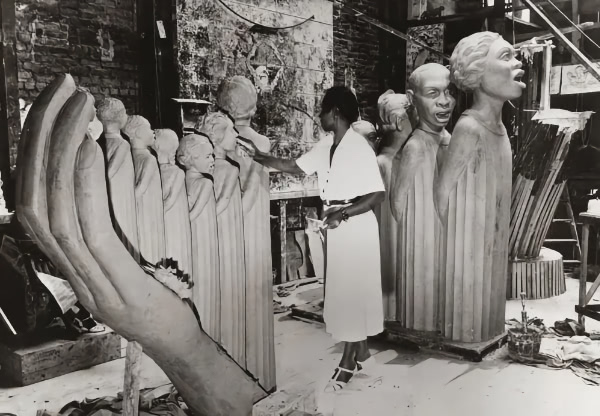
Concepción de León, writing for The New York Times:
In 1937, the sculptor Augusta Savage was commissioned to create a sculpture that would appear at the 1939 New York World’s Fair in Queens, N.Y. Savage was one of only four women, and the only Black artist, to receive a commission for the fair. In her studio in Harlem, she created “Lift Every Voice and Sing,” a 16-foot sculpture cast in plaster and inspired by the song of the same name.
The sculpture was renamed “The Harp” by the event’s organizers, displayed alongside pieces from acclaimed artists Willem de Kooning and Salvador Dalí, and was one of the most popular exhibits at the Fair. Sadly, Savage couldn’t afford to have “The Harp” shipped back to her; it was destroyed after the show.
“Imagine the power of somebody looking at ‘The Harp’ in its sort of monumental size for the last 70 years,” Niama Safia Sandy, a curator and visiting assistant professor at Pratt Institute, said. “What could that have changed?”
Like “The Harp”, much of Savage’s work has been lost or destroyed. She continued to face adversity over the course her career but remained resilient throughout.
Savage viewed her own legacy with humility, putting the emphasis on the success of her students. In a 1935 interview in Metropolitan Magazine, she said, “I have created nothing really beautiful, really lasting, but if I can inspire one of these youngsters to develop the talent I know they possess, then my monument will be in their work.”
The life and legacy of Desmond Tutu, South Africa’s anti-apartheid hero who died at 90
Debora Patta, reporting for CBS Mornings:
Desmond Tutu has died. He was 90 years old. Tutu was an Anglican archbishop and a Nobel Peace Prize laureate for his tireless campaign against apartheid in South Africa. After Nelson Mandela became president, he called on Tutu to head the Truth and Reconciliation Commission there, which investigated anti-apartheid crimes.
Despite Uproar Over Floyd’s Death, the Number of Fatal Encounters With Police Hasn’t Changed
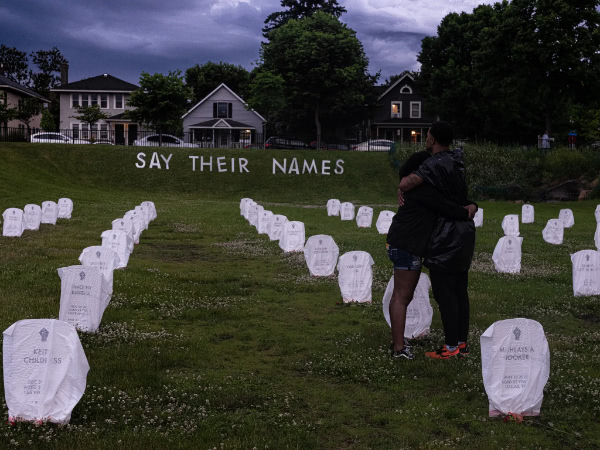
Tim Arango and Giulia Heyward, reporting for the Times:
Since Mr. Floyd’s death in May of last year, 1,646 people have been killed by the police, or about three people per day on average, according to Mapping Police Violence, a nonprofit that tracks people killed by the police. Although murder or manslaughter charges against officers have increased this year, criminal charges, much less convictions, remain exceptionally rare.
Why Are More Black Kids Suicidal?
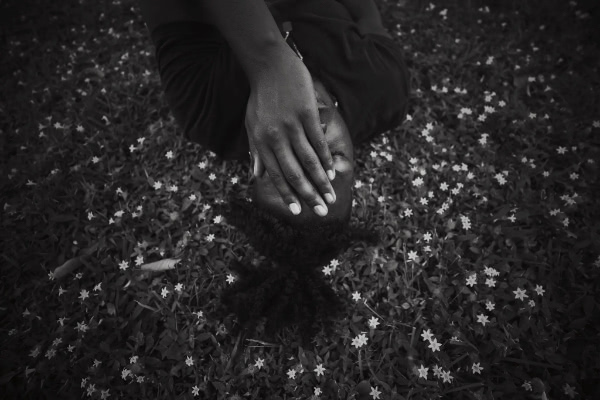
Christina Caron for the Times:
Among teenagers and young adults, suicide rates remain highest among whites, Native Americans and Alaska Natives. But while the suicide rate has recently declined among those groups, it has continued to rise among Black youths. From 2013 to 2019 the suicide rate of Black boys and men 15 to 24 years old rose by 47 percent, and by 59 percent for Black girls and women of the same age. […]
Denise (her middle name), 19, a high school senior in Cleveland, lives with her mother and six siblings. She struggles with depression and anxiety, largely driven by conflict at home and the lingering trauma of a sexual assault. “When I told Mom how I was feeling, she didn’t seem to care,” Denise said, adding: “She said I had nothing to stress about because I’m a kid.”
“I just felt like there was nothing nobody could do to change the situation.”
One evening in September, after a disagreement with her mother, she texted one of her school counselors and told her: “I don’t want to be here no more.”
Nearly a year in, Black people aren’t sold on Biden — but they haven’t given up, either
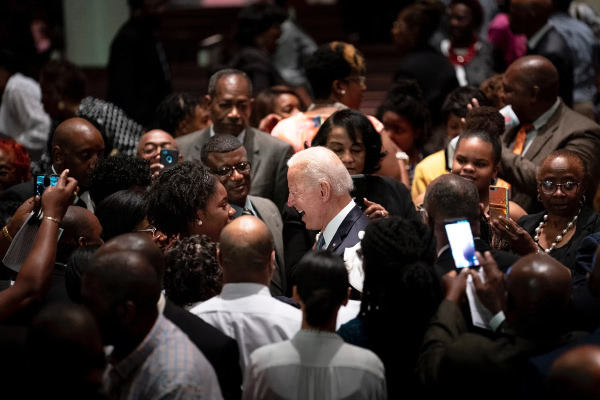
Curtis Bunn, writing for NBC News:
The administration touts accomplishments, but it hasn’t yet delivered on voting rights and police reform, its two most important bills to Black voters.
Home prices are up. For Black families, is selling Grandma’s house the right choice?
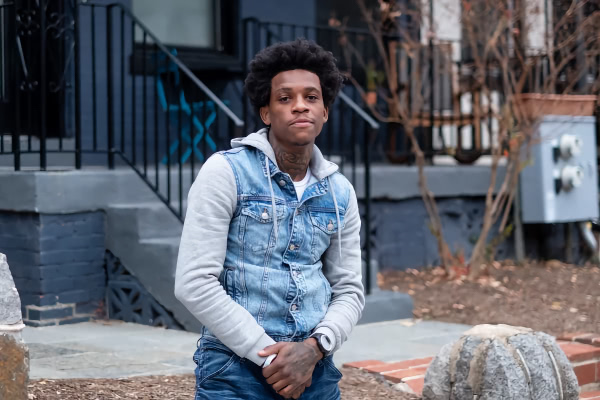
Laurel Wamsley for NPR:
It’s a situation that confronts many Black families - what to do with grandma’s house? For most American families, home equity is their single largest asset. As prices in some areas reach eye-popping levels, the decision about whether to hold on to or sell a family home can have long-lasting consequences for generational wealth. And what happens with these homes is crucial to closing the racial wealth gap. In 2019, the typical white family had $184,000 in assets, while the typical Black family had just 23,000.
The importance of a will:
And to ensure there’s a plan for the property in the event of the homeowner’s death, a will is crucial, and a trust is even better. Danaya Wright, a law professor at the University of Florida, has studied what happened to properties when the owners did or did not have wills.
"What I found was just a pretty stunning difference," Wright says. "The people who died without wills ... those homes sold for significantly below fair market value. They were much more likely to be lost at foreclosure and tax sale — four times more likely, for instance."
And a trust:
A trust keeps the home from going into probate, which is often expensive and complicated for the family.
When the homeowner dies, Wright explains, the trust will designate a successor trustee, and that person — ideally just one person, often one of the children — will have the legal authority to sell the house or transfer it, simplifying the process.
The Power of Watch Night
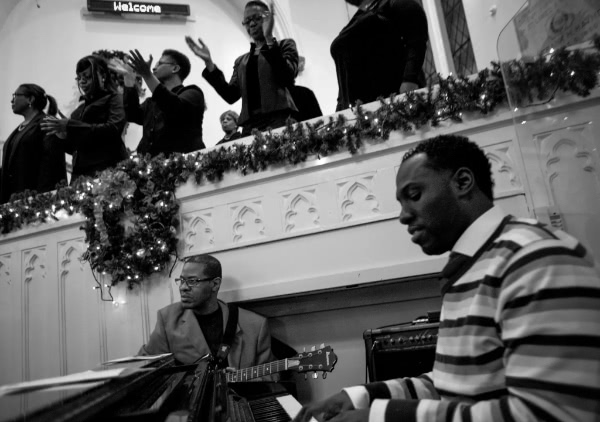
Esau McCaulley in a guest essay for the Times:
Watch Night, as we celebrate it now, began on New Year’s Eve 1862, the night before Abraham Lincoln’s proclamation went into effect on Jan. 1. Black congregations in the North and the South gathered to keep vigil and pray for the freedom of enslaved people in Confederate states. Frederick Douglass captured the anticipation that marked that day when he addressed his home church Spring Street African Methodist Episcopal Zion in Rochester, N.Y., on the Sunday before Emancipation.
He said, “It surpasses our most enthusiastic hopes that we live at such a time and are likely to witness the downfall, at least the legal downfall, of slavery in America. It is a moment for joy, thanksgiving and praise.”
‘Insecure’ Was About the Messiness of Love, and That’s Why the Finale Was Perfect
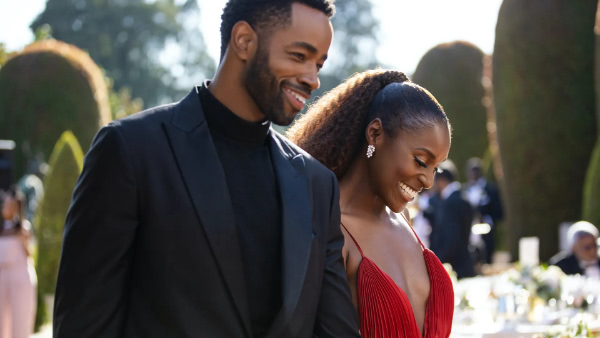
Bolu Babalola, writing for GQ:
Molly and Issa’s friendship—sisterhood—was the heartbeat of Insecure, a dynamic that propelled and galvanized and broke hearts. These two women knew each other, saw each other, and held each other, not just a representation of Black female friendship, but an exploration, and unflinching excavation of the bonds that hold us down.
How Beverly Johnson’s Groundbreaking Vogue Cover Changed Fashion Forever
Johnson shares the story behind her 1974 Vogue cover:
That Vogue cover meant that we were being acknowledged and saw, that we too are American, and we too are beautiful.
So it was a huge responsibility to a young woman that just wanted to go out and party, and meet a nice guy. And now all of a sudden I had this really heavy weight on my shoulders, and I wanted to make sure that I live up to that moment.
Artist Spotlight: Atanda Quadri Adebayo

Booooooom:
Describing painting as “a journey of self-discovery and realization” that allows him to “acknowledge the past and project himself toward the future,” Adebayo confronts the brutal colonial history of the Trans-Atlantic slave trade in Nigeria, while refusing to be solely defined by it. Exemplifying resilience, the figures in his paintings embody what he calls “an empowered vulnerability, or the result of finding bliss amidst the struggle.”
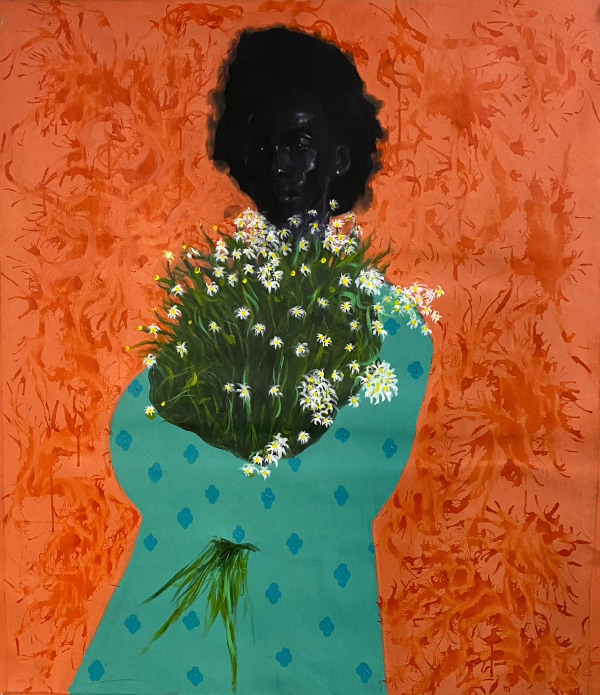
Happy New Year! See you next week.
